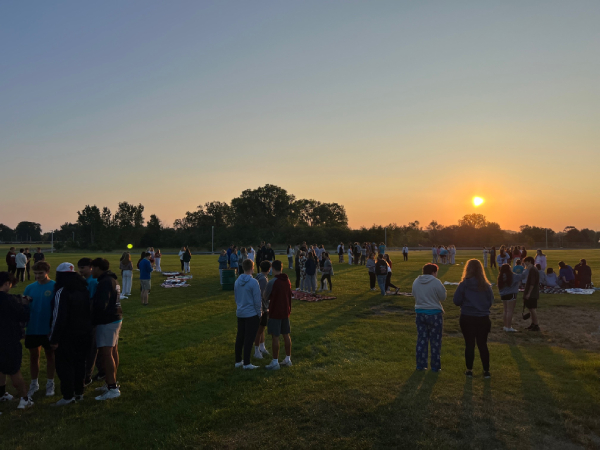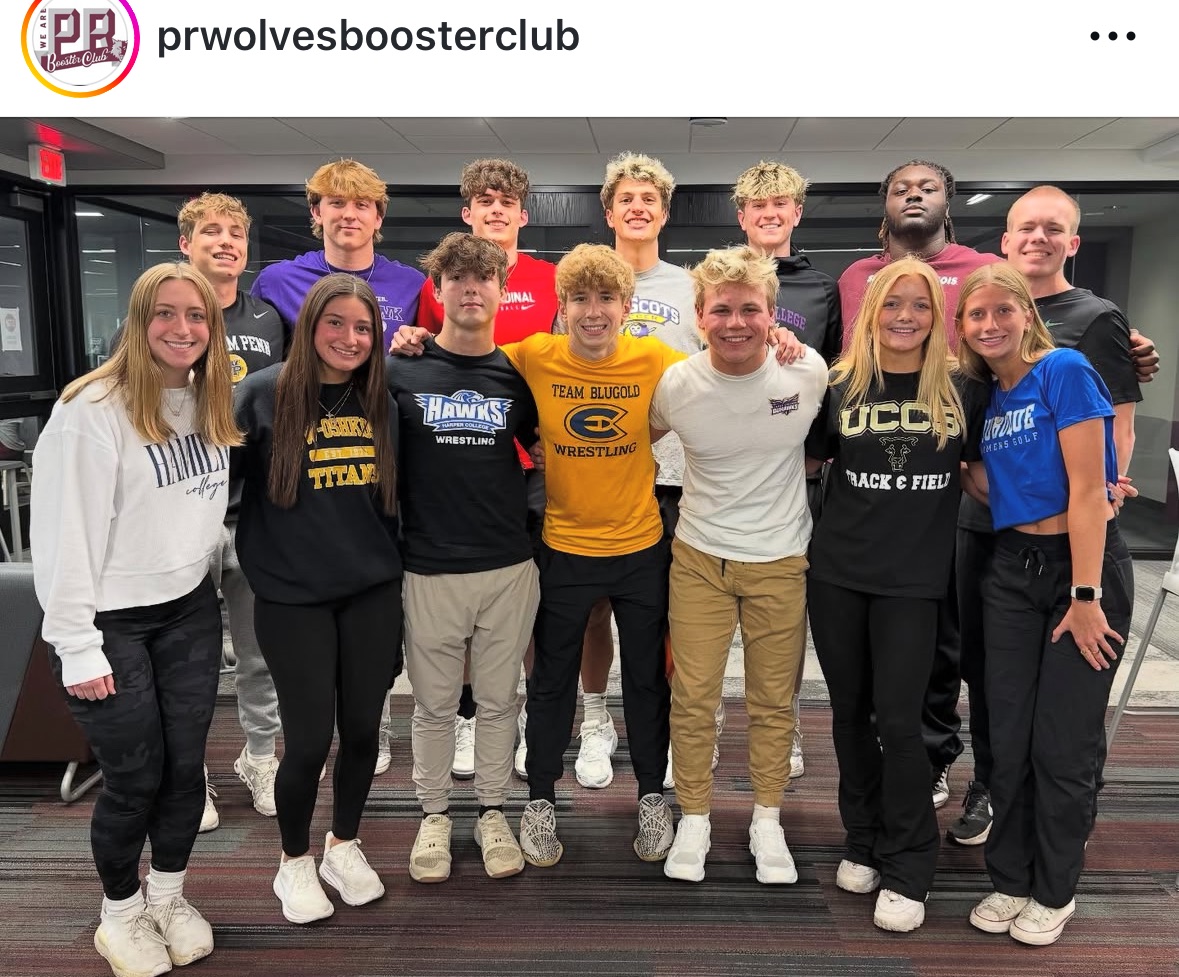According to NASA.gov, “Every year on Feb. 1, NASA honors the Apollo 1, Challenger and Columbia crews, as well as other members of the NASA family who lost their lives supporting the NASA mission of exploration. Feb. 1, 2013 also marked the 10th anniversary of the loss of Columbia.” So let us all now refresh our memories on what actually happened during these tragedies and remember the sacrifices these brave men and women made for the cause exploration.
The Apollo program was a series of space flights/explorations to get a man on to the moon and return him safely back to the earth before the 1960’s were over, a response to President Kennedy’s challenge to America. The Apollo program built upon/used the skills NASA had gained through the Genoa program before it. Specifically AS-204, Apollo 1 as it is unofficially known today, was to be the first crewed flight into space, a necessity in getting to the moon. Launch was set for Feb. 21, 1967. On Jan. 27th, 1967, during a preflight test before the launch, on launch pad 34 of the Cape Kennedy space center, inside the command module (CM) of a Saturn-IB rocket, a fire swept through the CM killing astronauts Virgil Grissom, Edward White and Roger Chaffee. The investigation and redesigning of the CM that followed postponed all launches from then on until NASA okayed it. “The first Saturn V [rocket] launch, scheduled for November 1967, would be known as Apollo 4.” Apollo 1’s mission was fulfilled with Apollo 5. “The second launch of a Saturn V took place on schedule in the early morning of April 4, 1968” and became known as Apollo 6. “No missions or flights were ever designated Apollo 2 or 3.” And the rest of the Apollo program is history.
The Challenger mission was to be about a week long. Its mission was to set up a satellite into space, for the purpose of conducting some scientific experiments and research. All in all the entire mission was to be about 144 hours and 34 minutes from start to finish. As we all know none of that ever happened, sadly.
The rocket carried 2 satellites in its payload bay (TDRS-2 & SPARTAN-203). The weight of everything being launched was 268,829 pounds. The mission lasted only 1 minute and 13 seconds, traveling only 18 miles high. The launch was originally scheduled for Jan 22 at 3:43 p.m. EST, but pushed back several times for various reasons. It finally launched on Jan 28th, 1986, at 11:38 a.m. EST. Simply put “the cause of explosion was determined to be an O-ring failure in the right solid rocket booster. Cold weather was determined to be a contributing factor. The explosion 73 seconds after liftoff claimed crew and vehicle.” See a YouTube video of the Challenger Disaster Live on CNN.
All in all everyone and everything aboard Challenger was destroyed or died. This included Commander Francis R. Scobee, Pilot Michael J. Smith, Mission Specialists Judith A. Resnik, Ellison S. Onizuka, Ronald E. McNair and Payload Specialists Gregory B. Jarvis and Sharon Christa McAuliffe who lost their lives in the name of space exploration.
“Jan. 16, 2003, at 10:39 a.m. EST, Columbia, STS-107 as it is known by NASA, lifted off on time on the first shuttle mission of the year. It carried seven crew members, including the first Israeli astronaut, on a marathon international scientific research flight.” Commander Rick Husband, Pilot Willie McCool, Payload Commander Michael Anderson, Mission Specialist Kalpana Chawla, David Brown, Laurel Clark and Payload Specialist Ilan Ramon were the astronauts for this mission. Marathon international scientific research flight is right there were about at least 25 different countries from around the world invested in over 30 different experiments that were conducted along with a few university experiments as well. “As a research mission, the crew was kept busy 24 hours a day performing various chores involved with science experiments.” See more on the specifics of the countries and experiments involved in the mission.
So what is so tragic about this? Well, it has to do with the reentry and landing back to earth. “Kennedy Space Center (KSC) landing was planned for Feb. 1 after a 16-day mission, but Columbia and crew were lost during reentry over East Texas at about 9 a.m. EST, 16 minutes prior to the scheduled touchdown at KSC. A seven-month investigation followed, including a four month search across Texas to recover debris. About 385 of Colombia’s orbiter was recovered research and investigation into what happened.
Fortunately some of the mission’s information was yet in tact: “During the debris recovery activities, some of the Columbia experiments were found. Scientists have indicated valuable science will still be produced. Much of the scientific data was transmitted to experimenters on the ground during the flight.” Never forget the risks and successes that people make and take in the name of science.
What will the future hold for NASA who knows? But what I do know is that–with NASA’s dramatically cut budget from Washington–sending people into space is a luxury we can not afford at this time. NASA’s time is now divided between monitoring earth’s atomistic climate and launching artificial research satellites, rovers, probes, telescopes, etc. And now that the space shuttles program has been retired, NASA also has more time to monitor past missions that NASA still having contact with and or receiving date/transitions. For example, the Voyager probes, the Hubble Telescope, with it astonishing images, and repairing and maintaining the International Space Station. As I mentioned earlier NASA still has missions planned for the future. See a complete list of future NASA missions.
But it’s important to never forget where we have been, the sacrifices countless people have made supporting the NASA mission of exploration, and what we are capable of doing when people dream big.






